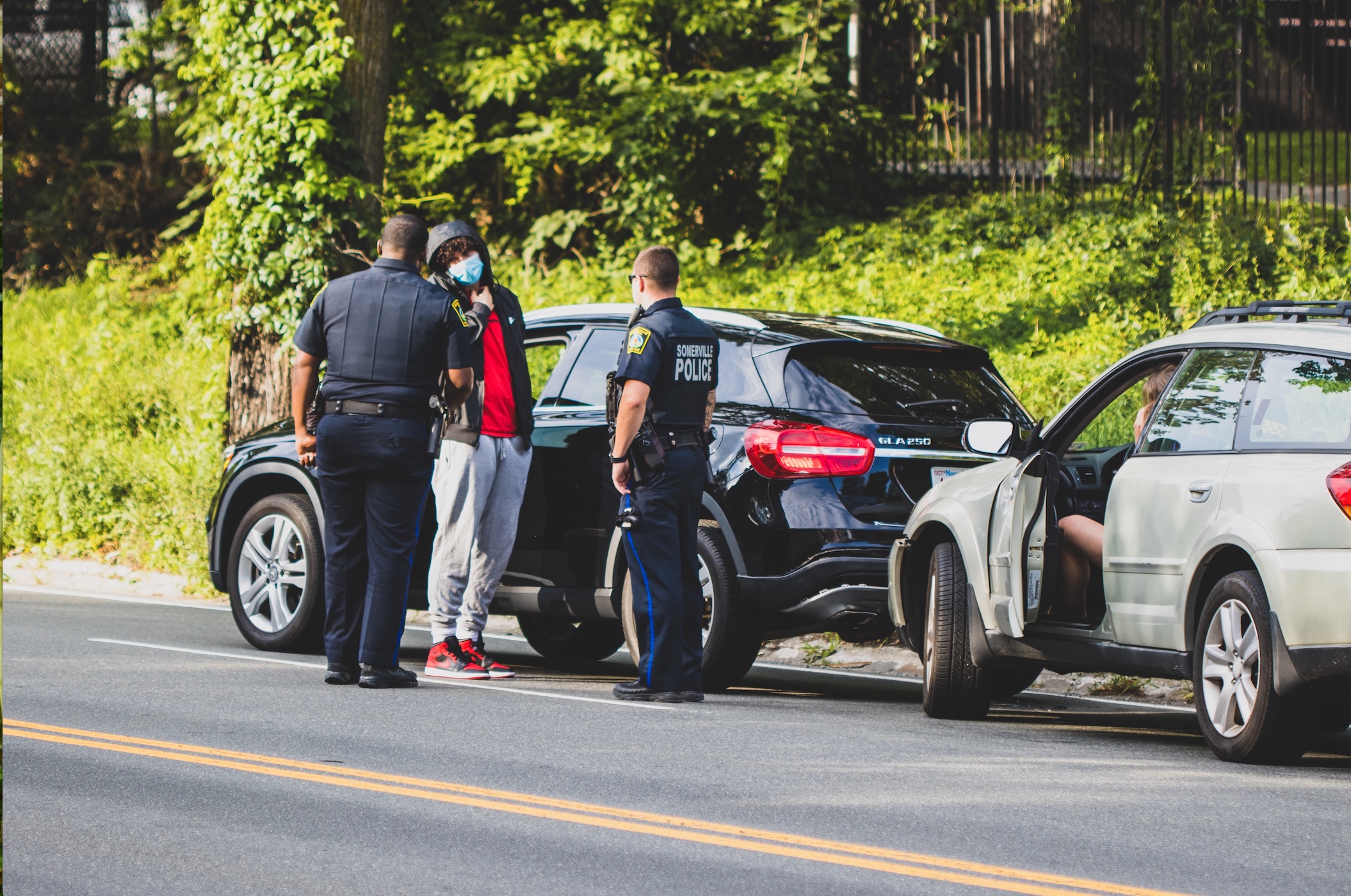Understanding how fault is determined in car accidents is essential for both victims seeking compensation and responsible drivers interested in minimizing their own risks on the road.
Car accidents can be extremely terrifying and devastating experiences, often leading to physical injuries, emotional trauma, and massive financial burdens. Determining who is at fault in these accidents is a crucial aspect of legal proceedings and insurance claims. It helps allocate responsibility and provides some peace of mind for victims seeking compensation. In this article, we will explore the concept of fault in car accidents from various legal perspectives.
1. Comparative Fault System
In many jurisdictions, the comparative fault system is used to determine liability in car accidents. This system takes into account the actions or negligence of all the parties involved in the incident before assigning fault. If multiple parties are found responsible, their degree of fault is assessed to determine the amount of damages they should pay. Consulting a car accident lawyer in Philadelphia can help understand the intricacies of this system.
2. Negligence vs Recklessness
When discussing fault in car accidents, it’s important to understand the distinction between negligence and recklessness. Negligence refers to a failure to exercise reasonable care while driving, which results in an accident. On the other hand, recklessness involves a conscious decision to disregard safety rules or engage in dangerous behavior while driving.
3. Rear-End Collisions
Rear-end collisions are one of the most common types of car accidents. In these cases, there is generally an assumption that the driver who rear-ended another vehicle is at fault as they did not maintain a safe following distance or failed to stop in time. However, there are instances where the driver who was rear-ended may share some portion of the responsibility if their actions contributed to the collision.
4. Left-Turn Accidents
Left-turn accidents often present complex situations when determining fault. While making a left turn, drivers must yield to oncoming traffic unless they have a protected green arrow signal indicating otherwise. If a driver fails to yield and collides with another vehicle going straight or making a right turn, they may be found at fault for not exercising caution.
5. Disputed Liability Cases
Some car accidents result in disputed liability cases, where the parties involved have differing accounts of what happened. These situations can create difficulties when trying to establish fault. In such cases, evidence such as witness statements, police reports, surveillance footage, or expert testimony may be crucial in determining who is at fault.
6. Contributory Negligence

While most states utilize comparative fault systems, there are still some jurisdictions that follow a contributory negligence rule. Under this rule, if a plaintiff is found even slightly negligent for the accident, they may be barred from recovering any damages. This system places a greater burden on accident victims to prove their innocence and sporadically denies them compensation.
7. Expert Witness Testimony
In complex car accident cases where liability is disputed or certain technical aspects need clarification, expert witness testimony can play a pivotal role in determining fault. Accident reconstruction experts might analyze factors such as vehicle speeds, braking distances, road conditions, weather conditions, and driver behavior to provide an unbiased opinion on fault.
8. No-Fault Insurance System
In some states and countries with no-fault insurance systems, the concept of fault is less relevant concerning insurance claims. Regardless of who caused the accident, each party’s insurance company pays for their respective damages up to specific limits defined by law. This system aims to expedite the process and reduce costly legal battles over liability.
Conclusion
Understanding how fault is determined in car accidents is essential for both victims seeking compensation and responsible drivers interested in minimizing their own risks on the road. While each case involves unique circumstances and applicable laws differ across jurisdictions, knowledge of legal perspectives can help individuals navigate through complex situations more confidently. Knowing your rights and responsibilities in car accident disputes can make a significant difference when advocating for yourself after an unfortunate event occurs on the roads.


Join the conversation!